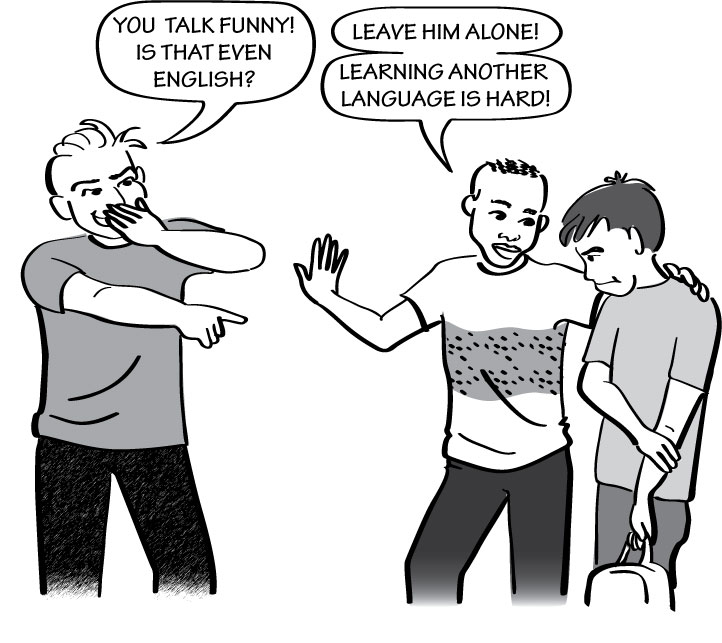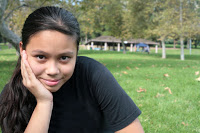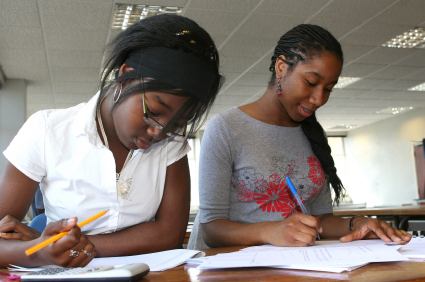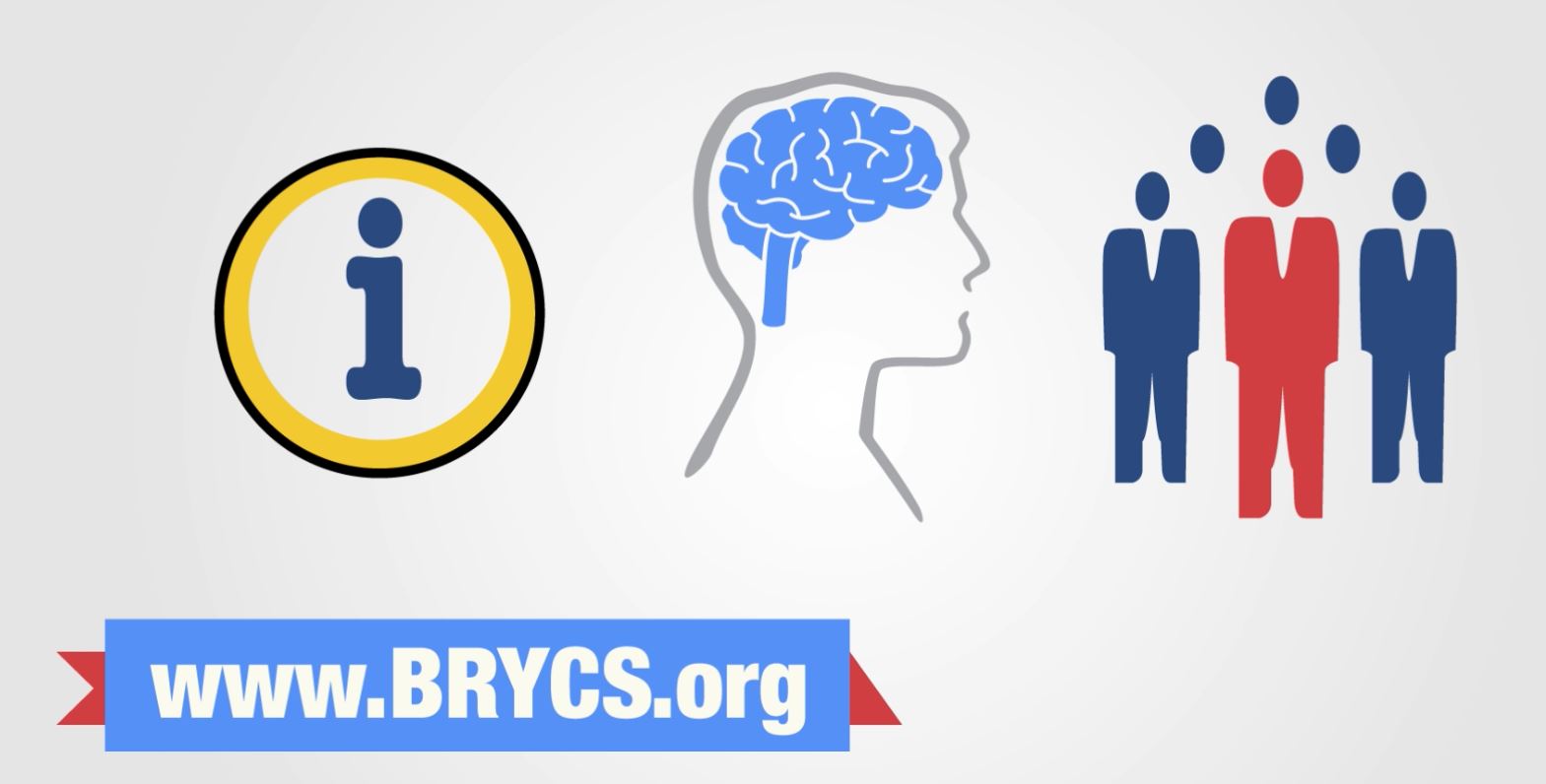It is estimated that 34% of all refugees resettled by the United States are school-aged children between the ages of 5 and 18 years. The need to provide services to this population is tremendous as many face significant challenges adapting to American schools, whether academically, culturally, or psychosocially. Refugee students may arrive with minimal previous formal education, interrupted schooling, and/or limited English. In addition, refugee students need time to adjust to American culture, to make friends, and develop a sense of belonging in their new school, community, and country. Refugee parents support their children to the best of their ability, but cultural, linguistic, and other barriers may prevent them from being involved in their children’s education in the way that teachers expect them to be.
The individual experiences of refugee families, as well as the characteristics and infrastructure of the receiving communities, affect how well refugee children adapt to their new schools. Teachers and school personnel do their best to accommodate refugee students, but often without much preparation as refugees are typically resettled with little advance notice. BRYCS supports teachers and other school personnel working with refugee children and families by providing consultations, training, and other kinds of technical assistance. Whether you are new to working with refugee students or a veteran, the following resources are a good place to start your search for information.
Schools Resources
Promising Practices
Promising Practices
Get new ideas, share your promising practice, and read about other refugee-serving programs across the country!
Refugee School Impact Program
Refugee School Impact Program
If you receive Refugee School Impact funds from the Office of Refugee Resettlement, visit this page specifically designed for you.





